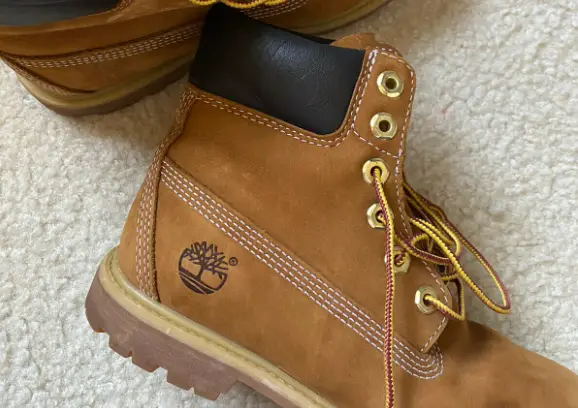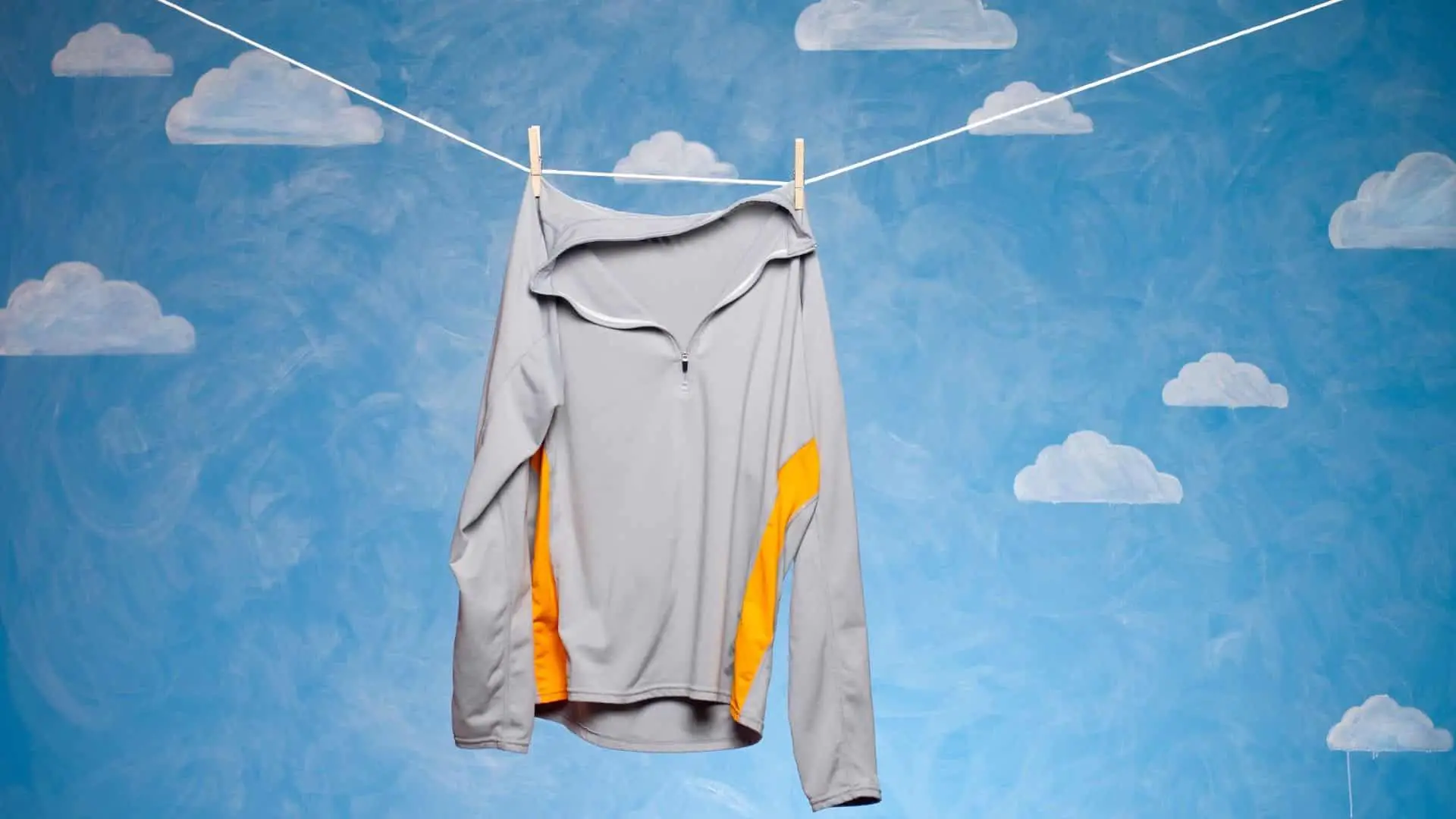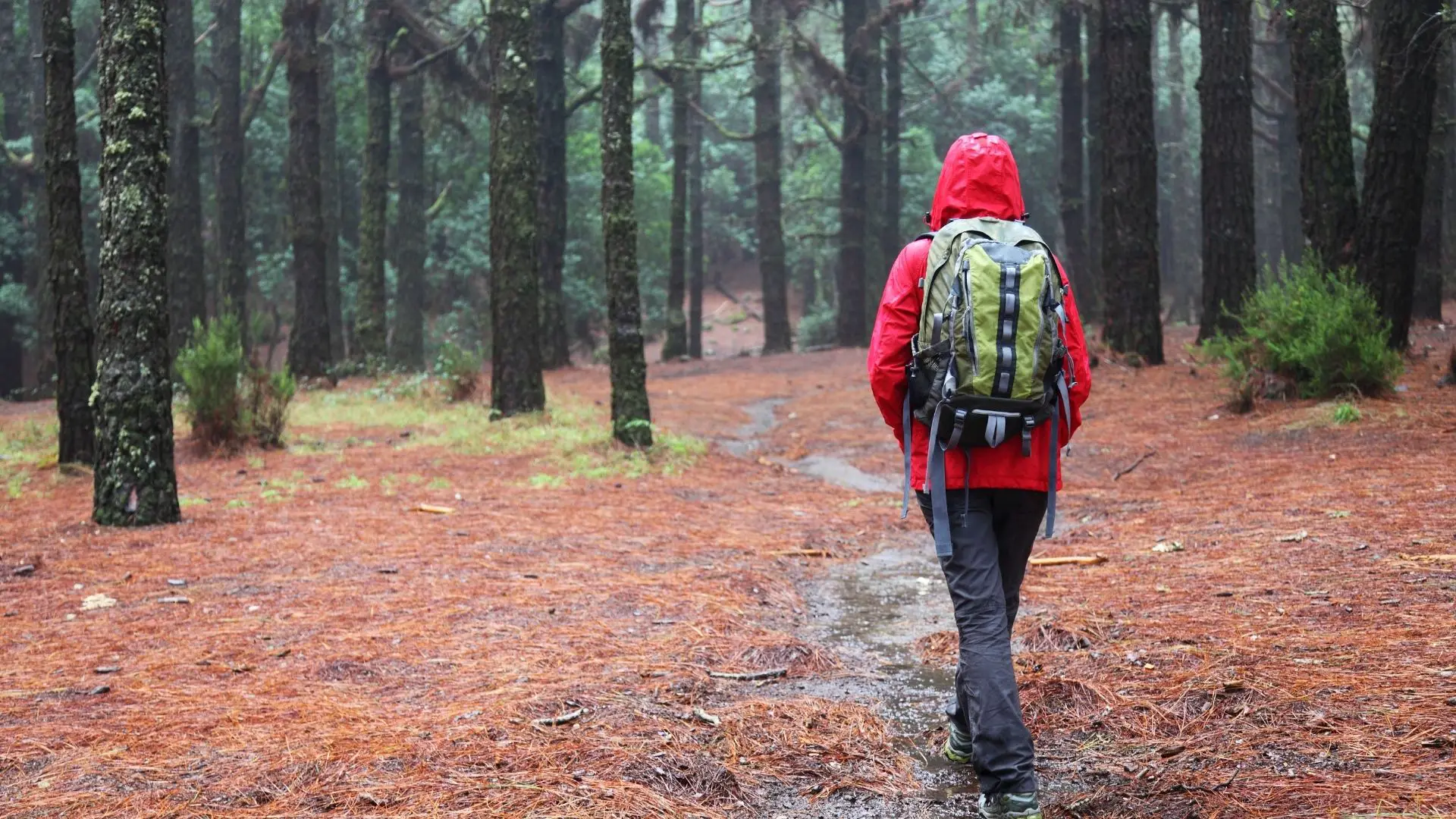Pitching a tent on artificial grass is a bit of a challenge. Setting the tent up isn’t all that different, but there’s no way to stake the tent down. That might not be an issue on a calm sunny day, but you’ll run into problems the second the wind picks up. So how can you camp on artificial grass?
Yes, you can put a tent on fake grass and astroturf, but you’ll need to find a way to stake the corners without ripping a hole in the turf. I recommend bringing a few large rocks or bricks to hold down the corners of the tent. You can also use the weight of your gear to further hold down the center. I would also recommend a tent footprint to protect the bottom of your tent from damage.
Staking down your tent in heavy winds is an absolute must. A nylon/polyester tent can turn into a giant kite if you don’t properly stake down the corners. Keep reading to learn a few more tips on staking down your tent and I’ll go over my 4-step approach to setting up a tent on artificial grass.
Can You Put Tent Pegs In Artificial Grass? Do Tent Pegs Ruin Artificial Grass?

Let me start off by stating one simple fact. Never drive tent stakes through artificial grass or astroturf! It will rip a hole through the turf and damage the plastic underlayer. Obviously astroturf can’t repair itself so you’ll need to find another way to stake down the corners of your tent.
Honestly, you can probably get away with not staking your tent down on a calm sunny day. It will take a lot of wind to blow your tent away. Most tents are designed to withstand at least 15-20 mph worth of wind without any stakes. You’ll need to add some weight to the corners if you’re expecting an especially windy day. Remember that all it takes is one big gust to blow the tent away and cause damage.
Can You Camp On Artificial Grass?
You can pitch a free-standing tent almost anywhere. It can go on dirt, grass (real or artificial), concreate, sand, and almost anywhere else you can image. There’s only one major problem with camping on fake grass. You can’t drive stakes into the ground to secure it.
So how can I secure my tent without driving in stakes? You have to find a way to weigh the tent corners down without pushing stakes through the turf. I also recommend using a tent footprint or tarp underneath the bottom of your tent to protect the bottom from abrasive turf.
Setting your tent up is easy if you follow the basic 4-step approach in the section below.
How To Pitch a Tent On Artificial Grass or Astroturf

Pitching a tent on artificial turf is fairly straightforward. You just set the tent up like you would any other place and pay special attention to weighing down the corners. I recommend using a tent footprint if you’re camping on astroturf like you’d find on a football field. Astroturf uses tiny rubber pieces to soften the field that will get all over your tent making cleanup difficult.
- Find a Spot To Setup Your Tent: Find a spot to lay down your tent making sure there’s enough room to spread out and socialize in front of your tent. I recommend laying down the tent footprint first so you can visualize how much space you’re taking up.
- Lay Down A Tent Footprint (Optional): A tent footprint is more of an optional accessory, but it will protect the bottom of your tent. Astroturf and artificial grass can be somewhat abrasive so a tent footprint can minimize the damage to the bottom of your tent. Just make sure the footprint is a few inches narrower than your tents floor so water won’t pool around the outside edges. RedCamp Tent footprints are really nice/affordable, but you can save money by using an old tarp with the edges cut the edges down to fit your tent.
- Setup The Tent: Set the tent up like you would at any other campsite with one notable difference. Don’t use tent stakes to pin down the corners. Driving a tent stake into the turf will cause irreparable damage.
- Weigh Down The Corners (Never Stake): If you’re expecting a lot of wind you’ll need to weigh down the corners. A tent is basically just a giant kite so it’ll blow away in strong winds. I recommend bringing a few bricks to weigh down the corners, or strategically place heavy gear around the tents edge.
Do I Really Need To Stake My Tent Down?
Honestly, you probably won’t need to stake your tent down in good weather. Most tents are designed to withstand 15-20 mph wind without using stakes. Throw in some random heavy gear, cooler, bedding, etc and it will be able to withstand even worse wind.
I don’t recommend camping on a ridiculously windy day anyway since most tents can’t handle more than 30mph winds. A tent that can withstand more than 30mph will be both small and ridiculously expensive.
Tent Weights For Artificial Grass
Experts recommend using at least 40lbs of weight to hold down a 10×10 tent. I’m going to assume that all your camping gear will weigh at least 15-20 lbs. Throw in a cooler filled with food and beverages and you will probably be close to the 40lb mark. You really won’t need that much additional weight if your gear stays in the tent.
You can bring along additional weight to weigh down the corners on ridiculously windy days, but it’s usually not necessary. A boat anchor, bricks, sandbags or extra case of water/beer is all you really need. I recommend finding heavy gear that you’re already bringing so you don’t have to carry in additional weight.
Why Should I Use a Tent Footprint?
With artificial turf you shouldn’t have to deal with rocks, sticks, and other debris, but I still recommend using a tent footprint. Artificial turf can be surprisingly abrasive to the touch. I still have a few rugburn scars on my arms/legs from back in my football days.
Setting up a tent on artificial grass is basically like setting on top of sandpaper. It might be fine for a few days, but it will eventually work through the bottom of your tent. You might not be worried about protecting the floor on a cheap tent, but it’s not worth risking damaging an $100+ tent.
Tent footprints are surprisingly cheap (check out my favorite footprint). Just make sure you buy a tent footprint that’s a few inches smaller than your tent. Water will pool around the edges of your tent if the footprint is bigger than the floor.




